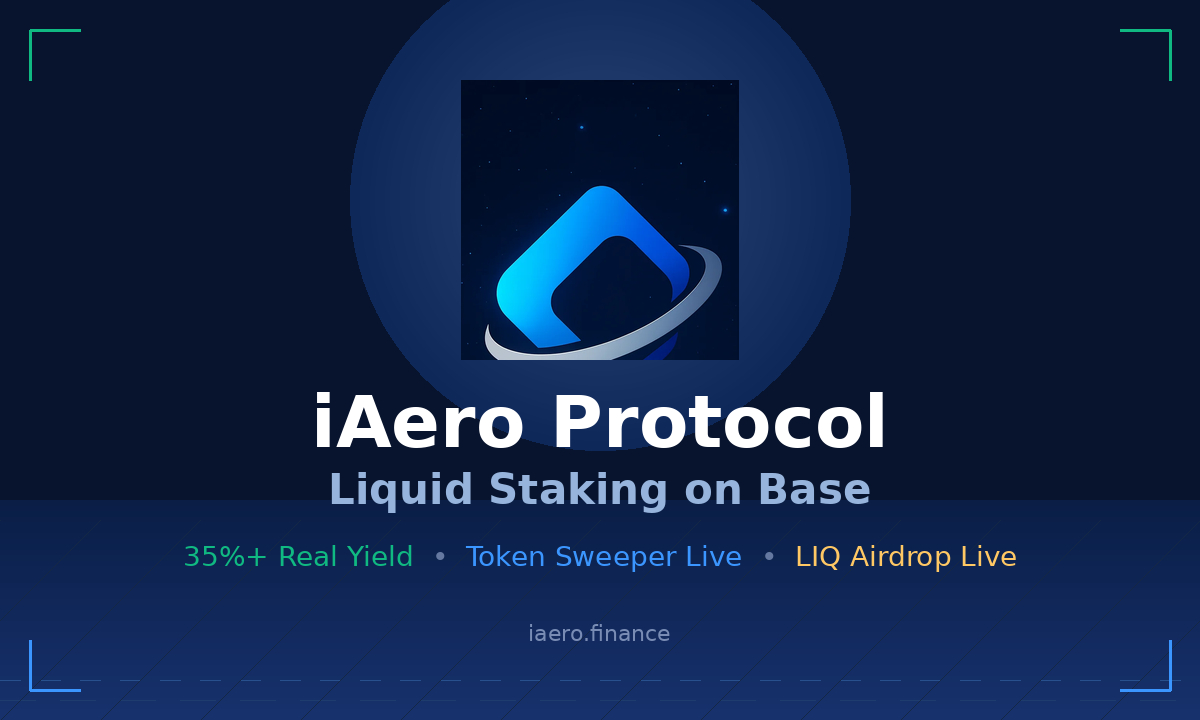Staking is a crucial concept in the blockchain space that enables individuals to participate in proof-of-stake (PoS) systems and contribute to the security and efficiency of a blockchain network. By depositing their tokens, also known as cryptocurrency, into a staking contract, individuals can become validators and earn rewards for their contributions.
In traditional proof-of-work (PoW) systems like Bitcoin, validators, also called miners, solve complex mathematical puzzles to validate transactions and add them to the blockchain. However, in PoS systems, validators are chosen based on the number of tokens they hold and “stake” in the network. The more tokens a validator holds and stakes, the higher their chances of being selected as the next block validator.
Staking not only provides an opportunity for individuals to earn passive income by participating in the network, but it also plays a vital role in maintaining the security and integrity of the blockchain. Validators are responsible for confirming transactions, securing the network against potential attacks, and proposing new blocks to be added to the chain.
When someone decides to stake their tokens, they essentially lock them up in a staking contract or wallet. This process helps to prevent malicious actors from carrying out fraudulent activities on the network. Validators are required to keep a certain amount of tokens locked in the contract, which acts as collateral and ensures their commitment to the network’s well-being.
One of the key advantages of staking is the ability to earn rewards for participating in the network. Validators receive incentives, usually in the form of additional tokens, for their work. The exact amount of rewards depends on various factors, such as the total number of staked tokens and the network’s inflation rate.
Let’s take the example of a blockchain network that offers staking rewards. Alice decides to stake 100 tokens in the network. As a validator, Alice actively participates in securing the network, validating transactions, and proposing new blocks. In return for her efforts, she receives a certain percentage of additional tokens as a reward. These rewards may be distributed daily, weekly, or monthly, depending on the network’s design.
Staking also plays a significant role in governance within blockchain networks. Validators often have the power to vote on key protocol upgrades or changes. Their voting power is proportional to the number of tokens they hold and stake. This democratic decision-making process ensures that network upgrades align with the majority’s consensus.
While staking offers numerous benefits, it’s important to consider the risks involved. One of the primary risks is slashing, which occurs when a validator behaves dishonestly or fails to meet the network’s requirements. In such cases, a portion of their staked tokens may be permanently confiscated as a penalty.
Additionally, staking often requires individuals to lock up their tokens for a certain period, known as the staking duration. During this period, the tokens cannot be freely traded or transferred. It’s important to carefully consider the duration and potential liquidity constraints before staking your tokens.
In conclusion, staking is a key mechanism in the world of blockchain that allows individuals to participate in PoS networks, contribute to network security, earn rewards, and shape the future of the blockchain through governance. By understanding the principles and risks associated with staking, individuals can make informed decisions and actively engage in the growing ecosystem of decentralized finance.














